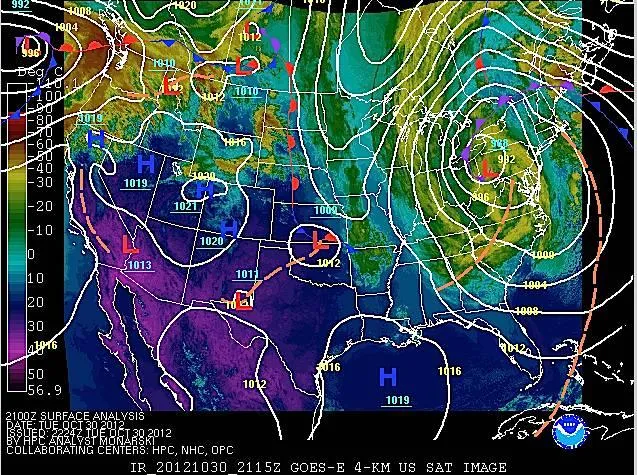Storm-related cell outages still loom

A recent story on NPR’s All Tech Considered focused on the vulnerability of cell phone infrastructure. When Superstorm Sandy hit the New York area, one cell tower out of four went black – some staying out of service for weeks. Many people were endangered because their only communication link had been severed.
But even the widespread exposure – and a series of public hearings – hasn’t forced wireless carriers to institute the system-wide backups and redundancies necessary to withstand a major disaster. As NPR noted, “After 2005's Hurricane Katrina, federal regulators did try to mandate that each cell tower have backup power. But the carriers challenged that rule in court and it was rolled back.”
The one carrier – Sprint Nextel – which responded to NPR said that backups were ineffective. A Sprint spokeswoman said that battery backup only lasts few hours, and a generator could last several days.
But Jack Schnirman, city manager of Long Beach, New York, the Long Island seafront town that was slammed by Sandy, said there are remedies – if only the wireless companies would put them in place. For instance, all carriers use COWs – Cells on Wheels – that can be towed to areas that need more coverage. But Schnirman said that following Sandy, he couldn’t even reach Verizon to request installation of COWs.
At present, the law still favors the unprepared cell carrier. As NPR said, “One of the problems is that cell companies, unlike power companies, are not required to tell the public where their networks are down or how many customers are affected.”
Unless this impasse changes, we’re sure to see more prolonged outages in the wake of the next major natural disaster.
After Sandy, Questions Linger Over Cellphone Reliability (NPR, Apr. 29, 2013)
FCC hearings dig into post-Sandy communications failures (Speed Matters, Feb. 7, 2013)
CWA members oppose AT&T’s attempts to stop serving rural and low-income communities in California
CWA urges FCC to deny industry attempts to loosen pole attachment standards
CWA District 6 reaches agreement with AT&T Mobility



